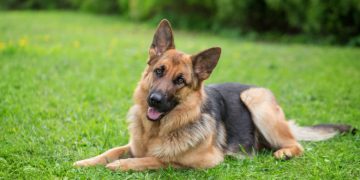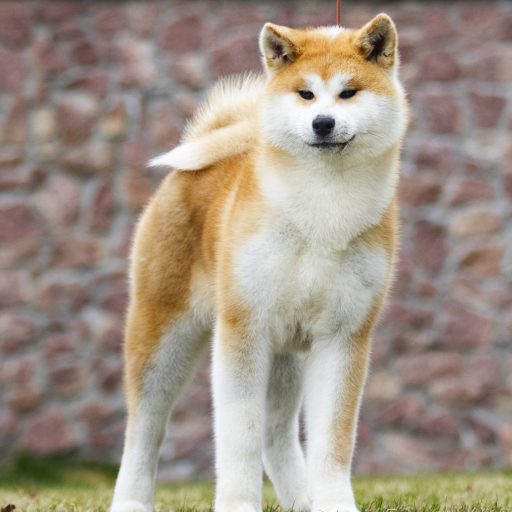The German Shepherd is a robust, athletic and enduring dog. He has a very harmonious body and is built for physical effort. For 10 years, he has reigned supreme on the 1st place of the podium of the favorite dogs of the French. The German Shepherd is a complete dog, tireless, docile, vigilant and very attached to its owner.
Breed History
Methodical breeding began in 1889. This breed was created by Captain Max Fréderic Emile Von Stephanitz from the crossing of sheepdogs from central and southern Germany. The goal was to create a utility dog, very intelligent and physically strong for guarding herds.
It was not until the end of the 19th century and the industrial revolution in Germany that the first German Shepherds were bred. Then Captain Von Stephanitz defines the breed. A German Shepherd is essentially a working dog. A versatile dog, the German Shepherd is useful in many areas. During the First World War, he accompanies the German army and in particular intended to rescue wounded soldiers.
As the herds disappeared, the evolution of the breed pushed man to use the faculties of the German Shepherd to make it a police dog, war dog, guide dog or medical dog.
Physical peculiarities
His hair: short and hard is very dense. Lined with a thick undercoat, the hair remains lying along the body.
Its color: the most common is black and tan. It can also have black with shades of brown, red-brown or yellow to light gray.
His head: well proportioned to the size of the dog with a reasonable width between the ears. It’s not too heavy or too long. In general appearance, the head has a pronounced and powerful muzzle.
Its ears: are medium in size and wide at the base. Symmetrical, they are worn very straight and end in a point.
His eyes: remain almond-shaped and must be as dark as possible.
His body: rather elongated and quite straight gives way to a muscular and slightly plunging back. It has a slightly sloping croup. Pure trotter, he has a harmonious pace with ample movements
Its tail: must at least reach the hock. On its inner side, the hair is longer. It is carried drooping, but when it is in full action or excited it rises considerably without going above the horizontal.
Feed
Generally, it is recommended to serve him the equivalent of 3 to 4 cups of kibble per day and of premium quality from industrial merchants. It is advisable to follow the instructions on the package packaging. Of course, it is recommended to adapt the rations according to your dog’s age, metabolism and physical activity.
For a German Shepherd puppy, growth is very strong between the age of 4 and 7 months, so he needs a high quality diet low in calories and measured protein and fat levels to avoid too rapid growth.
A German Shepherd will need to ingest at least 3,000 calories per day. This figure can double if he is active all day, especially if he belongs to a gendarmerie brigade.












